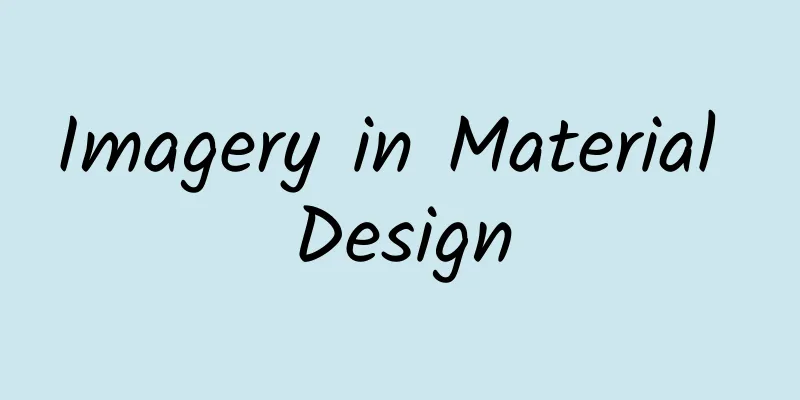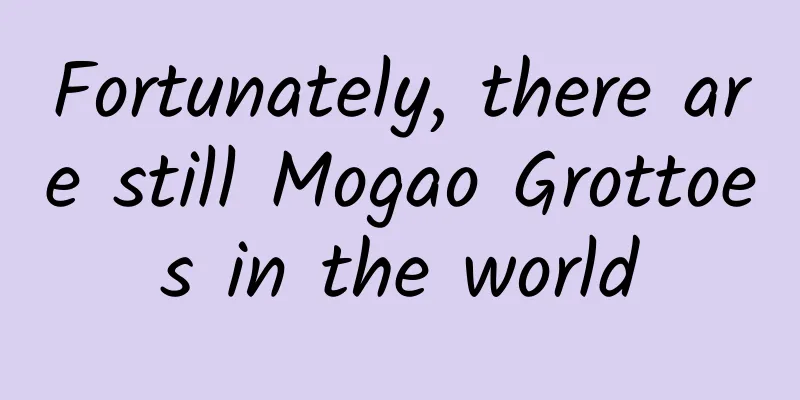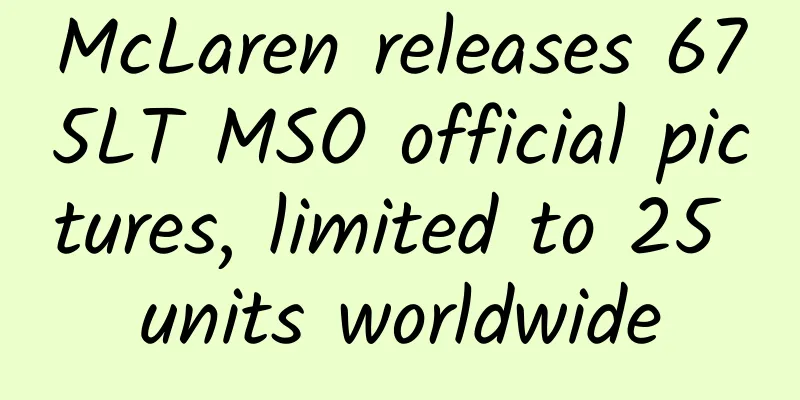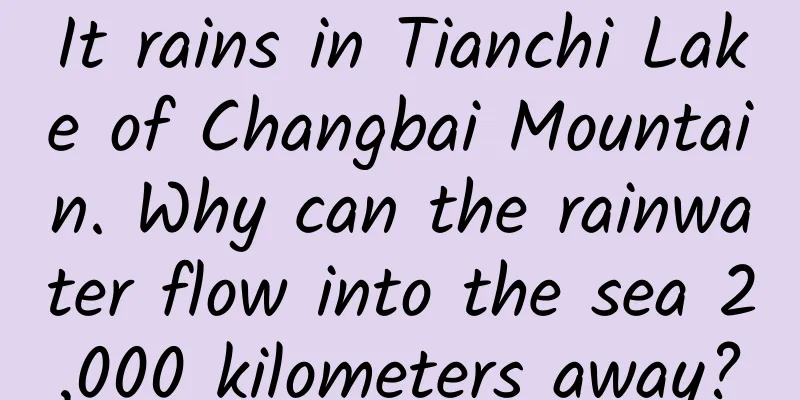Imagery in Material Design

|
In material design, images (whether paintings or photographs) should be composed rather than curated, look magical and not overly produced. The style is optimistic, joyful, and candid. The style emphasizes the materiality of a scene, texture, depth, unexpected use of color, and attention to context. These principles are all aimed at creating user interfaces that are purposeful, beautiful, and deep. in principle When using drawings and photography to enhance the user experience, choose images that convey personal connection, information, and joy. Personal connection Use evocative imagery to build an emotional connection between your users and your app. information Convey specific information. Create intelligent sensory experiences in a way that aids understanding. Highlights Use relevant imagery to delight users in an unexpected way, making them feel incredible. Scene Appreciation Add logic to ensure that the image is dynamic and shows the intelligence and relevance of the scene. Predictive visual effects can demonstrate a level of intelligence, which can greatly improve the user experience.
Immersive Be brave enough to use masking techniques, or the superposition of colors and content to form an impression of the main character in the picture, or to form a thumbnail.
***practice Use multiple media Illustration and photography can be used in the same product. Photography automatically implies a certain degree of specificity and should be used to show specific objects and stories. Drawings can effectively express concepts and metaphors, which photography cannot. For specific physical objects, the first thing to consider is using photography to represent them. want When the content you want to express is not a physical object (or cannot be summarized by a physical object), drawings can convey the information of your application and allow users to understand the content at a glance.
want If you’re using photography to communicate a concept, you need to create something thoughtful, even suggestive.
don't want Don’t limit yourself to stock photos. Stay away from stock Using images can express a unique voice and show unique creativity. For specific entities or branded content, use concrete images. For more abstract content, make it explanatory. However, stock photography and clipart are neither concrete nor explanatory.
want
don't want Focus Your image should have an iconic focal point. It can be as small as a single object or as large as an entire layout. Make sure you convey a clear concept to the user in a memorable way.
want
don't want
want
don't want
want
don't want Build narratives Create an immersive story and context.
want
don't want
want
don't want Don't overdo it Keep the original integrity of the image. Don't overuse height filters or Gaussian blur, especially when trying to hide degradation.
want
don't want
want
don't want UI Integration Resolution Make sure your images are sized to fit their borders and are cross-platform compatible. The structure emphasizes large images. Ideally, assets should not appear pixelated. Test the appropriate resolution size for specific ratios and devices. want Properly sized images don't want Degraded image Introduce Scale Utilize different sizes of images to create visual importance. In the context of a brochure, introduce thumbnails of various sizes to communicate the hierarchy of content. Using multiple containers in the same ecosystem is encouraged. Text protection Add protection scrims to make text on images clear and easy to read. want The ideal transparency of dark scrims should be between 20% and 40%, and the ideal transparency of light scrims should be between 40% and 60%, depending on the specific content. don't want Don't overuse text screens to obscure image content. want For larger landscape images, a text screen should be added to specific areas, not covering the entire image. don't want Don't overdo it with large images. want Color overlays are different from text-protection scrims and can be used as design elements. When creating complementary color overlays, sample from the content it is juxtaposed with so that you can produce a harmonious and consistent color palette that demonstrates good content awareness. don't want Avatars and thumbnails Avatars and thumbnails represent entities or content and can be photographs or conceptual illustrations. Generally speaking, they are tap targets that give people a preliminary impression of things and content. Avatars can be used to represent individuals. For personal avatars, provide the option to personalize them. Since users may not personalize their own avatars, it is a good idea to set the default effect to be pleasing. Avatars can also be used to represent brands when used with a specific logo. Thumbnails hint at more information, give users a glimpse of content, and aid in navigation. Thumbnails allow you to fit images into a small space. Avatars make the app more personal and take up less space. A brand profile picture can convey a message in just one glance, and the same is true for a thumbnail. Hero Images A hero image is usually placed in a prominent location and slightly larger than normal, such as a banner at the top of the screen. A hero image can attract users, provide context for the content, or reinforce the brand. Feature Image The featured image is the main visual focal point with a striking style and a unique design layout. Integrated hero image Synthesized hero images usually contain mixed and unique parts in a style that do not form the primary visual focus. Gallery Gallery images are often styled in a striking way and often share a common layout, such as a grid or a single image. Photo Grid Gallery pictures Original: Imagery Translation: lhyqy5 Proofreading: chenyusi |
<<: Typography in Material Design
>>: "Xianxiadao" is officially launched on WeChat Cocos2d-JS helps heavyweight mobile games
Recommend
Finally, I have some useful information! Android and iOS have been updated again: these features are here
Today, Android and iOS ushered in major version u...
How to operate a community from 0 to 1? Here are my 7 thoughts
Next, I will talk about building a community from...
Home gateway applications under the pan-intelligentization of home terminals
Pai Pai Zuo: Home Smart Terminal Since the invent...
2022 New Consumer Brand KOL Marketing Secrets
In recent years, new consumer brands have risen c...
Good copywriting comes from user research!
I often hear that there are four stages of learni...
If you feel feverish or dizzy after eating broad beans, don’t be careless and be alert to “favism”!
Review expert: Mao Xinmei, Chief Physician of Ped...
What? Asteroids also have osteoporosis?
As people age, if they do not pay attention to ca...
A small action before going to bed may actually keep you away from Alzheimer's disease?
Perhaps, you who live in the city always enjoy be...
I really want to ask: Why don’t the colors squeezed out of the colored strip toothpaste mix together?
Speaking of color striped toothpaste, I believe m...
15 short video planning and promotion
An excellent short video often requires a good pl...
I refused a simple checkup and died suddenly the next day... I can't skip this checkup after I turn 30
Reviewer of this article: Chen Sijiao, Chief Phys...
From bloom to withering: Blackberry is a wake-up call for Apple
Apple's recent financial report shows that al...
“On the 26th, go buy meat”, here are some tips to shop with confidence!
Review: Experts from the National Health Science ...
Foreign media: Huawei is preparing to release its own mobile operating system
For Huawei, Google's move means that they can...









